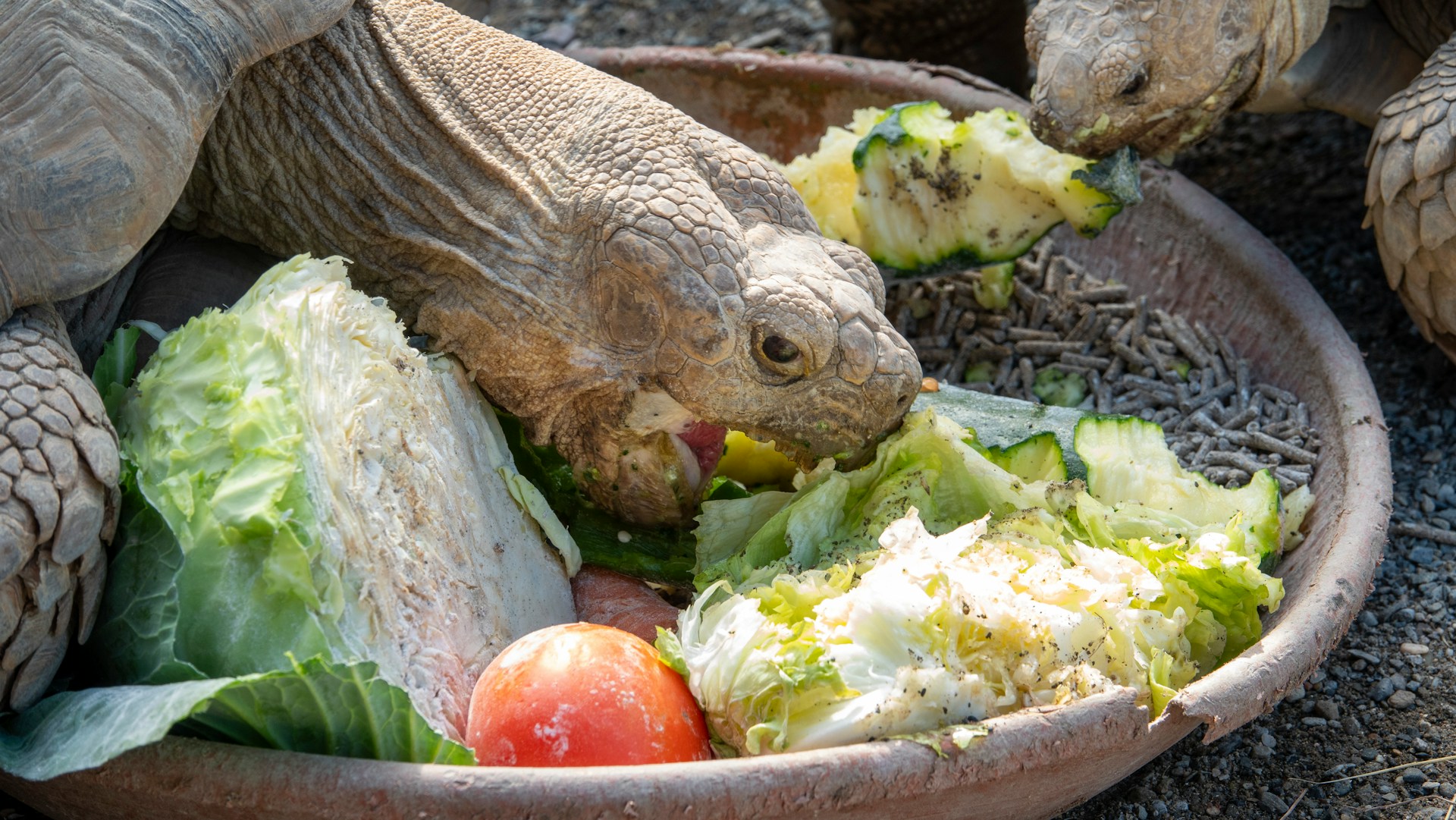When you bring home an exotic pet, you’re embarking on a unique journey of companionship that often comes with special challenges – particularly around mealtime. Unlike dogs and cats with standardized commercial foods, exotic pets frequently have specific dietary requirements and individual preferences that can make feeding time frustrating for even experienced owners. From reptiles that refuse anything but live prey to birds that toss more food than they eat, picky exotic pets require patience, creativity, and specialized techniques to ensure proper nutrition. This comprehensive guide explores effective strategies for enticing reluctant eaters across various exotic pet categories, helping you maintain your pet’s health while reducing the stress of feeding struggles.
Understanding the Root Causes of Feeding Reluctance
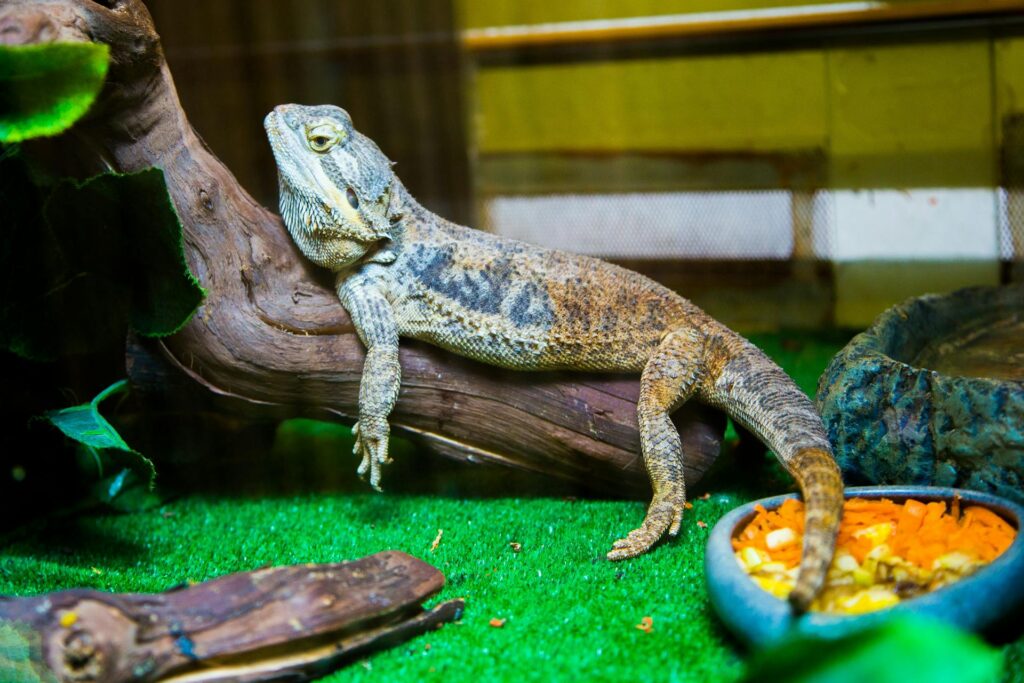
Picky eating in exotic pets rarely stems from simple stubbornness but usually indicates underlying issues that need addressing. Environmental stressors like improper enclosure temperatures, uncomfortable habitats, or nearby predator species can trigger feeding refusals in sensitive animals. Medical conditions such as parasitic infections, dental problems, or digestive disorders commonly manifest first as appetite changes before other symptoms appear. Additionally, species-specific feeding behaviors may be misinterpreted as pickiness when they’re actually natural attributes—for instance, some reptiles naturally fast during breeding seasons or as temperatures shift. Understanding these root causes forms the foundation for developing effective feeding strategies tailored to your specific pet’s needs and natural behaviors.
Creating the Optimal Feeding Environment
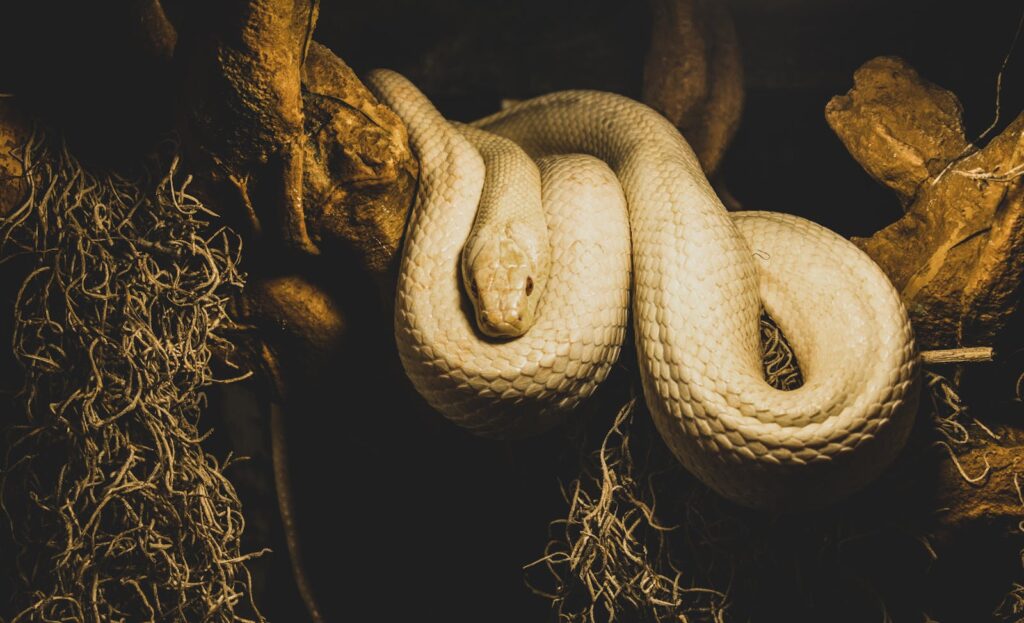
The setting in which you offer food plays a crucial role in your exotic pet’s willingness to eat, often more important than the food itself. For prey-driven reptiles like chameleons or certain snake species, feeding in their permanent habitat can create stress or territorial behaviors that inhibit appetite. Alternatively, some small mammals may only feel secure enough to eat when in familiar surroundings with hiding spots available. Consider lighting conditions as well—nocturnal species forced to feed under bright lights might refuse food out of discomfort rather than pickiness. For social species like certain parrots or sugar gliders, the presence of companions during feeding can stimulate natural foraging behaviors and increase food acceptance. Experiment with different feeding locations, containers, and environmental conditions to discover what makes your particular pet feel most comfortable during mealtimes.
Temperature Manipulation Techniques for Reptiles
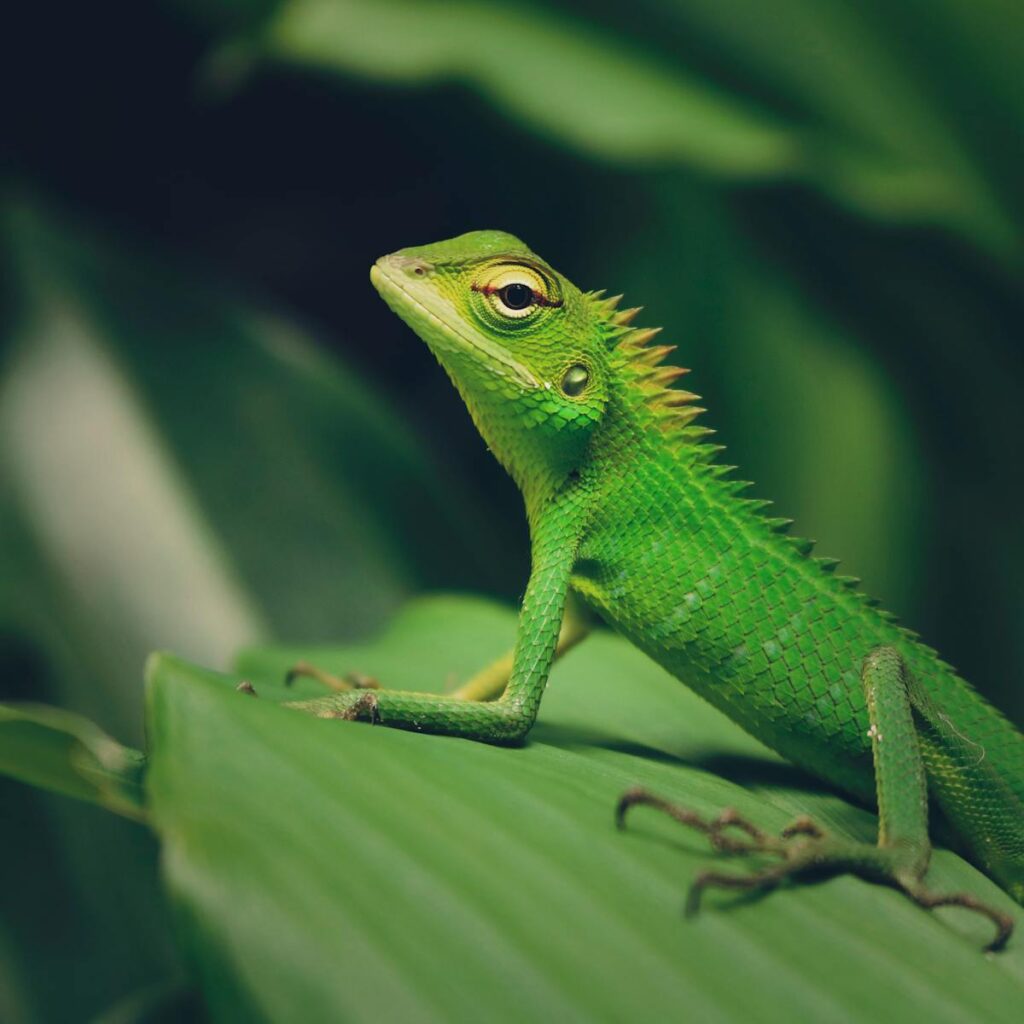
For cold-blooded reptiles, body temperature directly impacts appetite, digestion, and feeding response in ways many new owners don’t anticipate. Creating a proper temperature gradient with appropriate basking spots ensures your reptile can thermoregulate effectively, reaching the higher body temperatures typically needed for hunting behavior and digestion. For particularly reluctant feeders like certain tortoise species or ball pythons, slightly increasing ambient temperatures by 2-3 degrees (within safe species parameters) for 24-48 hours before offering food can stimulate natural feeding responses. Conversely, some reptiles require a temperature drop to trigger feeding behaviors, particularly those from regions with pronounced seasonal changes. Always confirm proper temperature requirements for your specific species, as overheating can cause stress and further feeding refusal, creating a counterproductive cycle that’s difficult to break.
Food Presentation Strategies for Birds

Exotic birds often respond strongly to visual and tactile feeding cues that mimic their natural foraging behaviors. Instead of simply filling a bowl, try hanging colorful vegetables and fruits from the cage ceiling using bird-safe clips or skewers to stimulate the natural reaching and pulling behaviors many psittacines use in the wild. For nectar-feeding species like lories, presenting liquid foods in flower-shaped feeders can enhance their interest and feeding response compared to standard cups. Many parrot species benefit from puzzle feeders that require manipulation to extract food items, satisfying their natural intelligence and preventing the boredom that can lead to food rejection. For particularly stubborn birds, try the “flock feeding” technique where you pretend to enthusiastically eat the food yourself first, leveraging their natural social feeding behaviors and curiosity about what their “flock leader” finds desirable.
Scent Enhancement for Carnivorous Pets

Carnivorous exotic pets from ferrets to monitor lizards rely heavily on scent to identify viable food sources, making aroma enhancement a powerful technique for enticing reluctant eaters. For reptiles refusing pre-killed prey, try brain-scenting techniques where you carefully expose the scent glands of the prey item or use specialized feeding tongs that maintain prey scent without transferring human odors. Commercially available feeding stimulants containing concentrated prey scents can be applied to food items, though natural enhancement methods like lightly warming prey items (never microwaved, always to appropriate temperatures) often prove equally effective. For carnivorous mammals like ferrets transitioning to new foods, gradually mixing old and new foods while adding small amounts of unsweetened meat baby food as a scent attractant can overcome initial refusals. Remember that attempting to mask unnatural foods with attractive scents may work initially but can create long-term trust issues if the pet learns to distrust scent cues.
Live vs. Prepared Foods: Making Transitions

Transitioning picky exotic pets from live prey to prepared foods represents one of the most challenging aspects of exotic pet keeping, requiring patience and incremental changes. Begin by offering pre-killed prey that still maintains natural movement through gentle wiggling with feeding tongs, gradually reducing movement over successive feedings as the pet accepts the concept of motionless food. For aquatic species like certain turtle species, try the “moving water” technique where still foods are placed in gently flowing water to create the illusion of movement and life. With insectivorous pets like bearded dragons or certain amphibians, dusting recently killed insects with powdered commercial diets creates an association between the prepared food and natural prey. The “sandwiching” method proves effective for many species—placing preferred live foods in a bowl beneath and atop prepared foods forces contact with the new food during hunting, gradually building acceptance through repeated exposure.
Feeding Schedule Adjustments
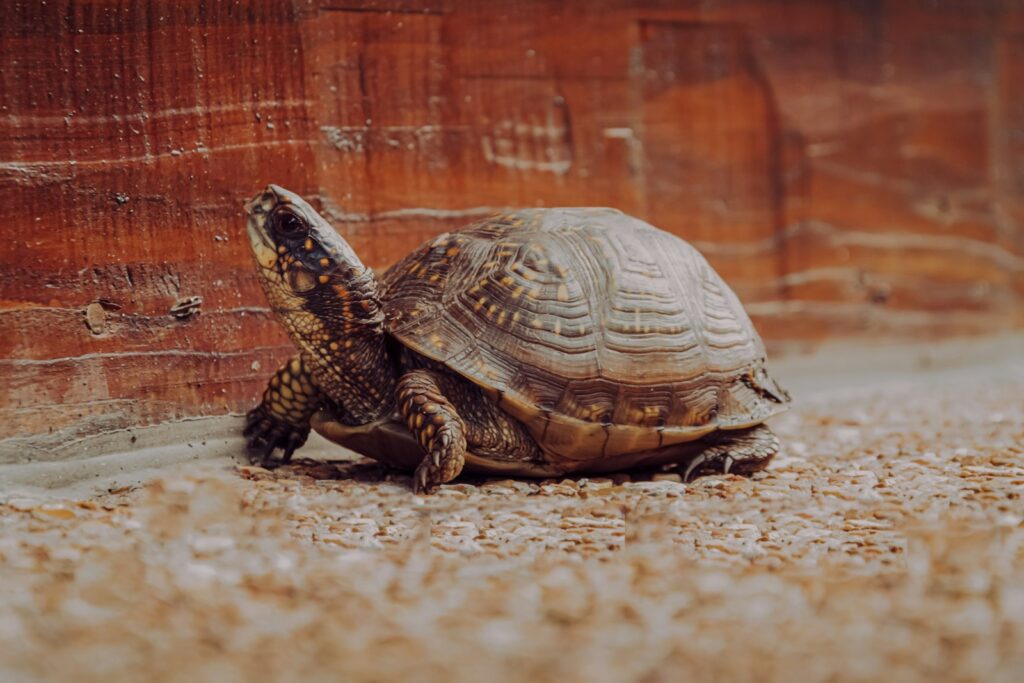
The timing of feeding attempts significantly impacts success rates with picky exotic pets, particularly for species with strong circadian rhythms or natural feeding patterns. For crepuscular species like sugar gliders or certain geckos, offering their most challenging foods during natural activity peaks at dawn and dusk often overcomes resistance encountered during daylight hours. Consider implementing strategic hunger by establishing regular feeding windows rather than constant food availability, creating natural anticipation that overcomes minor food preferences. For nocturnal species kept in homes with diurnal schedules, using red lighting for nighttime feedings allows you to observe while minimizing disruption to their natural light sensitivity. Seasonal adjustments prove crucial for many reptiles and amphibians whose metabolic and feeding rates naturally fluctuate throughout the year, requiring owners to anticipate reduced intake during certain periods rather than forcing inappropriate feeding frequencies.
Social Feeding Techniques
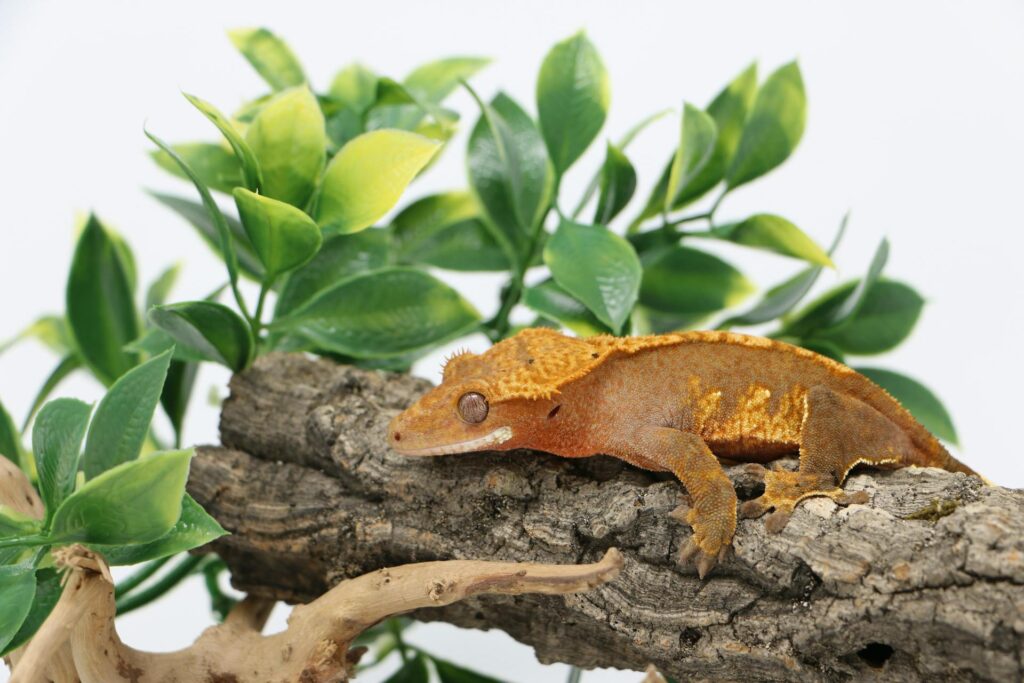
Many exotic species evolved complex social feeding behaviors that influence their willingness to try new foods or eat in captivity. The “companion feeding” method leverages this by placing a confident eater of the same species within view of your picky pet, triggering competitive feeding instincts or demonstrating food safety through example. For solitary species where companions aren’t appropriate, videos of conspecifics feeding (played on tablets or phones) have shown surprising effectiveness in stimulating natural feeding responses in animals like certain reptiles and birds. Some small exotic mammals respond well to hand-feeding bonding sessions where food is associated with positive social interaction, gradually building trust that extends to accepting more challenging foods. Remember that while some species benefit from social feeding, others become stressed by perceived competition, so careful observation of your pet’s specific response determines whether to continue these techniques.
Texture and Size Modifications

The physical properties of food often matter more than flavor for many exotic species, making texture and size modifications powerful tools for overcoming pickiness. For reptiles accustomed to specific prey items, food items must often match the width of the head or body of the animal to trigger proper feeding responses—too large or small, and instinctive recognition fails regardless of hunger levels. Insectivorous pets often demonstrate strong preferences for movement patterns and exoskeleton hardness, making appropriate insect selection crucial when introducing new species to their diet. For exotic mammals with texture sensitivities, gradual transitions work best—start by blending new foods with familiar ones, progressively changing the ratio until the new texture becomes accepted. When dealing with amphibians like certain dart frogs or salamanders, prey size becomes particularly critical as many species cannot physically manage inappropriate sizes regardless of hunger level.
Specialized Tools and Feeding Devices

Modern exotic pet keeping benefits from specialized feeding tools designed to overcome common challenges with picky eaters. Feeding tongs with varying tips allow precise prey presentation without transferring human scent or creating negative associations with hands near the enclosure. Target training equipment like modified clickers and target sticks can condition exotic pets to associate specific locations or signals with positive feeding experiences, useful for animals that become distracted or stressed during conventional feeding attempts. For arboreal species, elevated feeding platforms that provide security during vulnerable feeding moments often overcome reluctance seen with ground-level dishes. Specialized slow-feed devices prevent gorging in species prone to obesity while extending enrichment time, particularly beneficial for intelligent exotic mammals like sugar gliders or kinkajous that benefit from mental stimulation during feeding.
Handling the Transition Between Life Stages

Many exotic pets undergo significant dietary shifts between juvenile and adult stages that create challenging transition periods requiring specialized techniques. Juvenile reptiles often require more frequent feeding of higher protein prey that must gradually shift to adult diets to prevent obesity and nutritional imbalances. For herbivorous species like certain tortoises, the gradual reduction of protein and increase of fiber as they age requires careful food introduction scheduling—juvenile greens preferences often need to be slowly phased out in favor of appropriate adult roughage. Exotic birds like macaws undergo weaning periods where hand-feeding must transition to self-feeding through a carefully staged process of gradual independence. Understanding your specific pet’s natural developmental dietary shifts allows you to prepare appropriate transition techniques before problems develop, rather than responding to established feeding refusals.
Emergency Feeding Protocols
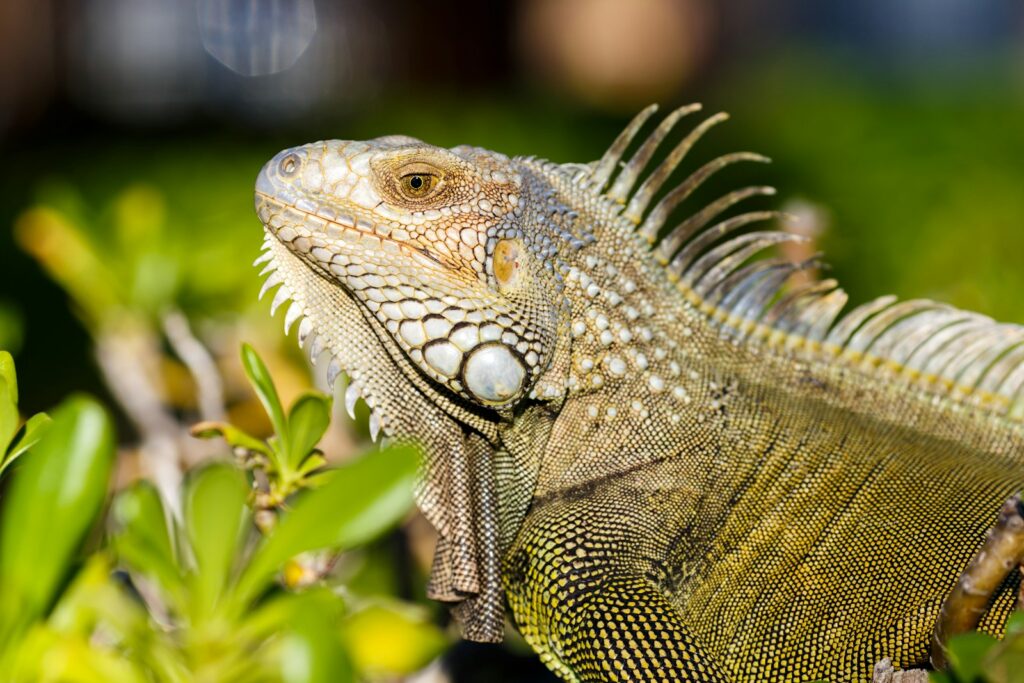
Despite best efforts, some situations require emergency intervention to prevent dangerous weight loss in persistently picky exotic pets. Assist feeding techniques vary widely by species—for reptiles, this might include gentle restraint and food placement methods that trigger involuntary swallowing reflexes without causing stress injuries. For small mammals, specialized critical care formulas administered via syringe feeding can maintain hydration and nutrition during temporary feeding strikes. Veterinary administered appetite stimulants provide short-term intervention for medically approved cases, though addressing underlying causes remains essential for long-term success. Even during emergency feeding, maintaining positive associations remains crucial, as negative experiences can create prolonged feeding aversions that persist long after the immediate crisis resolves.
When to Seek Professional Help
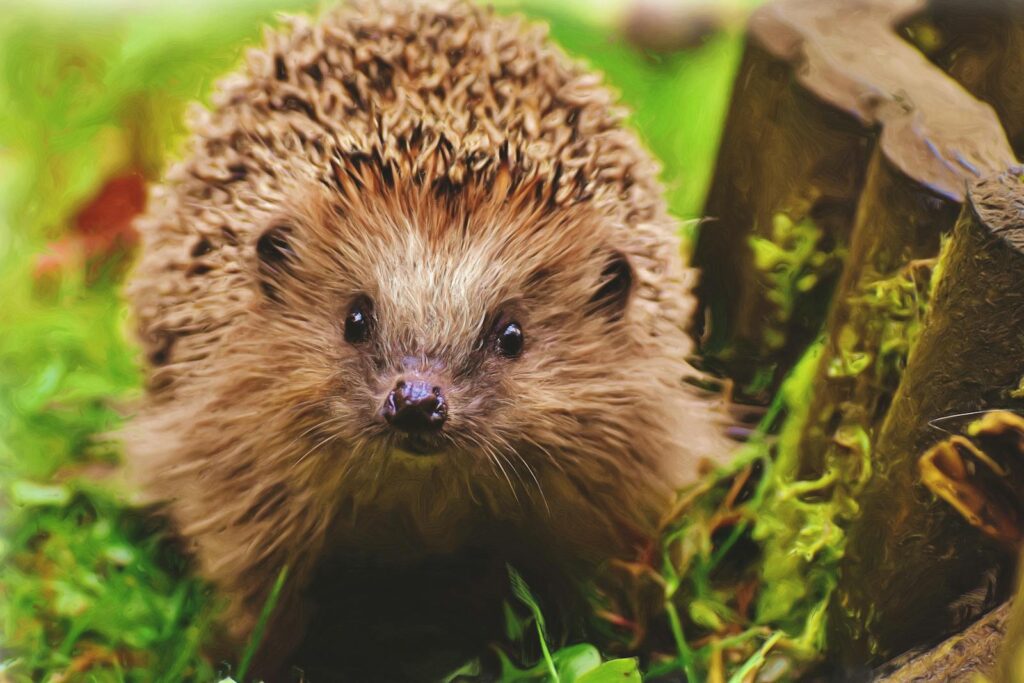
While many feeding issues can be resolved with proper techniques, certain warning signs indicate the need for prompt veterinary intervention. Weight loss exceeding 10% of body mass, complete food refusal lasting beyond species-appropriate durations, or accompanying symptoms like abnormal droppings, lethargy, or behavioral changes warrant professional assessment. Specialists in exotic animal medicine can perform diagnostics unavailable to home caregivers, identifying parasites, impactions, or metabolic disorders that present initially as feeding reluctance. Beyond veterinary care, professional animal behaviorists specializing in exotic species can identify and address psychological feeding barriers stemming from past trauma or improper early feeding experiences. Building a relationship with exotic-knowledgeable professionals before emergencies arise ensures faster intervention when feeding problems exceed typical pickiness and enter medically significant territory.
Conclusion
Successfully feeding picky exotic pets requires a blend of species knowledge, behavioral understanding, and creative problem-solving skills. By identifying the underlying causes of feeding reluctance and implementing targeted techniques appropriate for your specific pet, most feeding challenges can be overcome with patience and consistency. Remember that natural feeding behaviors evolved over millions of years cannot be changed overnight, and what appears as stubbornness often represents deeply ingrained instincts or responses to environmental cues. As you develop your feeding strategy, continue researching your specific species’ natural history and feeding ecology, as these insights often provide the most effective solutions to even the most persistent feeding challenges. With the right approach, feeding time can transform from a daily struggle into an enriching opportunity for bonding with your exotic companion.


